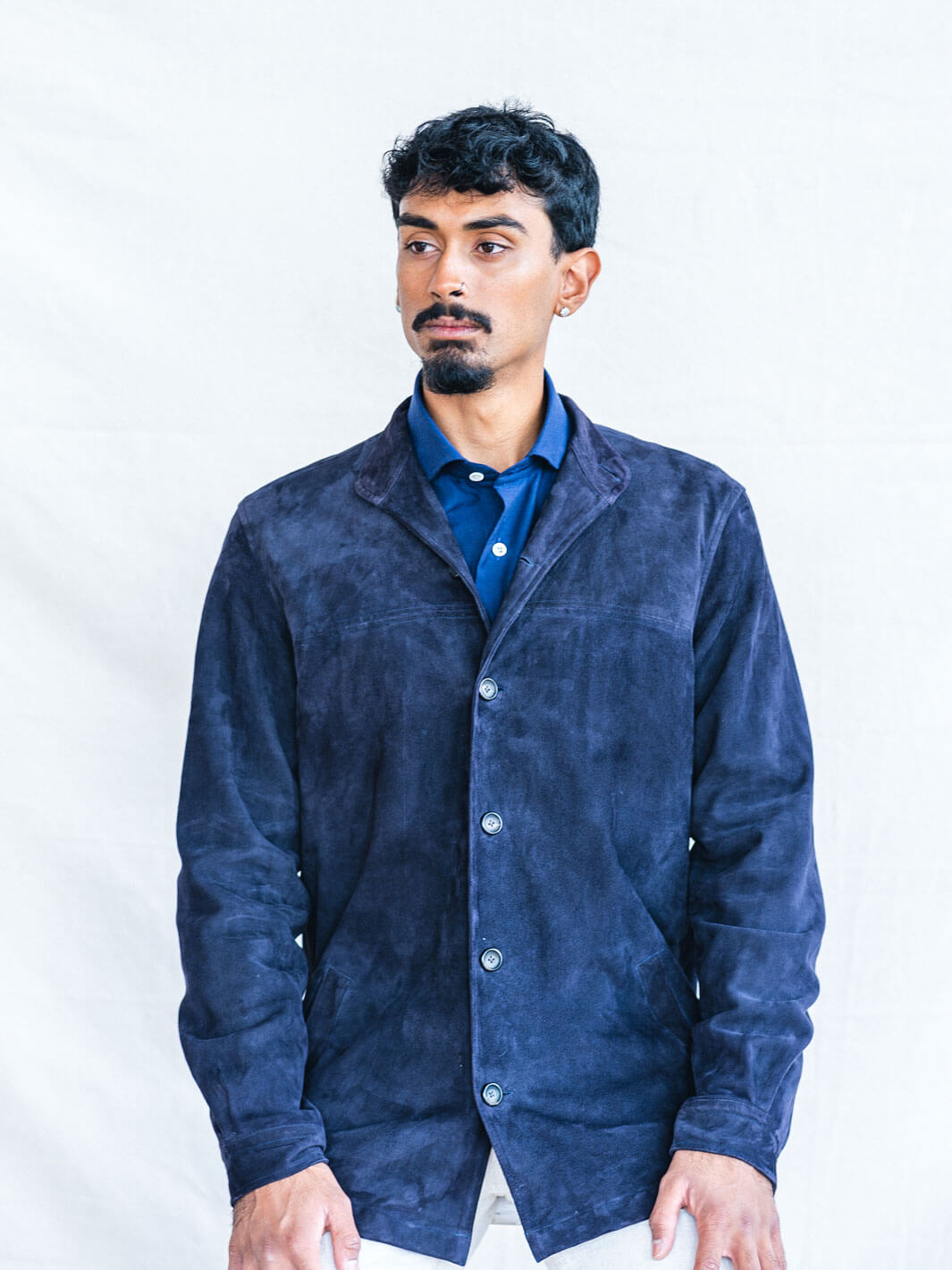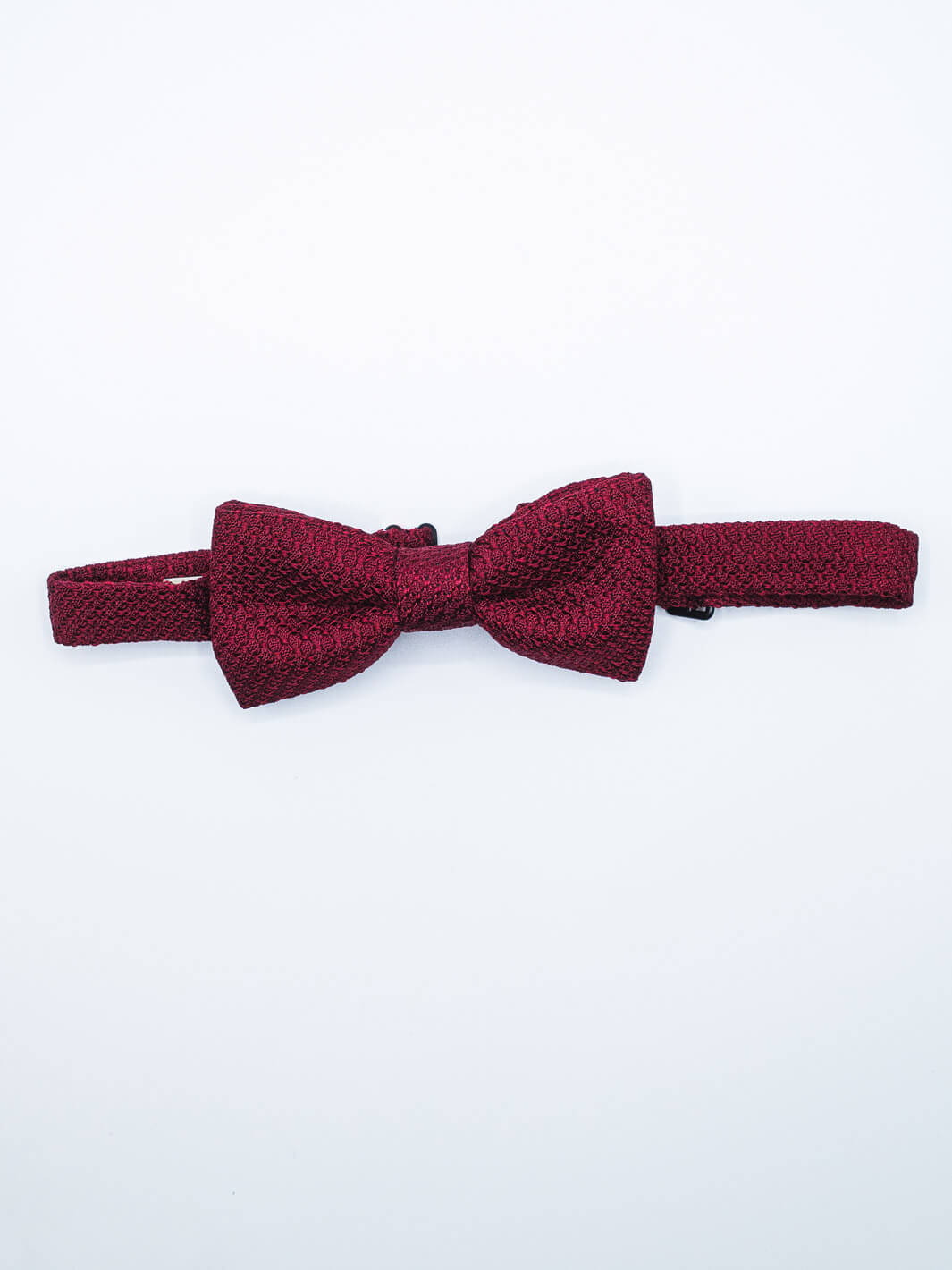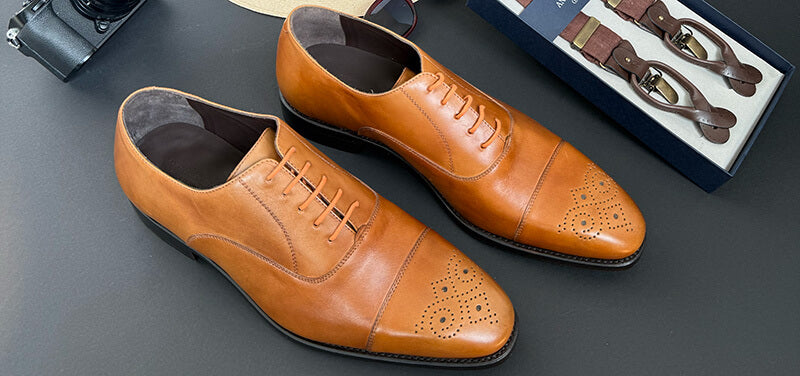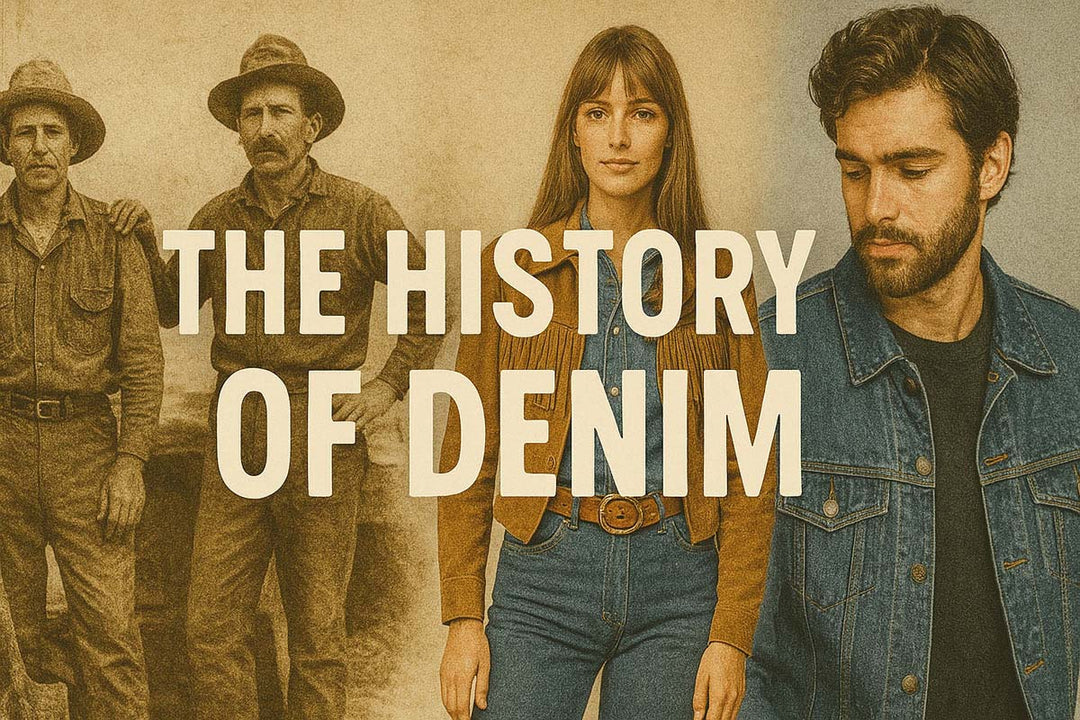In part 3 of our fabric series, we discussed silk’s role in history and its well-earned reputation as a symbol of luxury. In this final installment, we turn our attention to Wool: the warm weather insulator.
What is Wool?
Wool is, without a doubt, one of the most impressive fibers ever sheared. Sure—linen, cotton, and silk are great for summer climates, but how about the cold, unforgiving winters of Europe? Early humans needed a strong material that would protect them from the elements, and they looked to the natural world to find it.
There are two properties that make wool one-of-a-kind: crimp and scale. Wool’s natural crimp refers to its wavy texture, which are made up of fine fibers. But rather than acting like hair, wool has “scale,” allowing each of these thin fibers to interlock, anchoring them together. These miraculous characteristics lend it to being easily woven into any garment: from lightweight suits to cozy sweaters. It insulates heat, absorbs moisture, is durable, and can preserve its shape for many years of wear.
A Brief History of Wool
Several mammals produce what we call wool, but the domesticated sheep is among the most common. When humans first began domesticating sheep around 10,500 years ago, the hairy creatures were primarily used to sustain our ancestors in the harsh environments of the ancient world. Sheep provided meat and milk, and their skin could be used for shelter and clothing. But it would take another couple thousand years for selective breeding to take shape, creating a breed of sheep that was fluffy and docile—perfect for weaving fiber into garments.

A thriving industry developed in Europe centered around wool production and weaving, bringing much prosperity to the empires and reigning dynasties of the medieval and Renaissance periods. Among them was the Medici banking family, who largely gained its fortune issuing loans to merchants involved in the wool trade.
Throughout modern history, the production of wool was spread out over several locations across Europe, including England, Flanders (present-day Belgium), Italy, Germany, and Spain. These regions had land conducive to raising sheep, as well as a skilled workforce of textile artisans who plied the trade for generations. Unlike the dry, harsh desert regions of the Middle East, the continent of Europe dominated the market for wool due to the sheer volume of fertile lands for sheep to graze on.
During the Middle Ages, England became a major producer and exporter of wool. Seeing the enormous profit generated from the sale of wool, England quickly jumped on regulating the industry—increasing export taxes to finance the Crown's various projects, and creating trade guilds for weavers. Similar measures were implemented by the Spanish during the 16th and 17th centuries, creating an economy that not only supported its local shipping industry, but also its manufacturing guilds.
As time went on, breeds of sheep that yielded finer wool became a benchmark of quality—like the highly prized merino sheep of Spain. Occasionally, Spanish merino sheep managed to be imported into England, whether legally or illegally, where they were crossbred with the English sheep variety. This careful selection of genetic traits quickly improved as England’s Australian wool industry gained prominence. The enhanced climate and rich pastures yielded finer and healthier strands of fiber, which is still seen in the market today.
How Is Wool Made?
Sheep are bred and raised in flocks, requiring plenty of grass and time outdoors. The grazing season is typically in spring, summer, and early fall, when grass is plentiful. Since sheep need to eat a lot, the flocks are rotated periodically to protect the land from depletion. This allows the land to regenerate, preventing the topsoil from becoming permanently eroded.
Generally, sheep are sheared once per year after they’re done developing a large coat of fleece. This coat protects them in the winter months, but they're also sheltered in man-made structures like barns for additional protection. Come spring time, they're sheared of their wool to prepare them for the heat of summer and another season of grazing.

At this point, the high quality fibers are separated from the coarser, lower quality ones in a process known as skirting. From there, they are sorted by characteristics like length and fineness. These different grades are put aside for different uses. The softer ones, for example, are used for fine clothing like suits and sweaters, while the shorter fibers can be woven into carpet or used for insulation.
Once that’s done, the fibers go through a round of washing/scouring, where they are cleaned of dirt and other impurities. This involves soaking them in hot water and a special detergent known as a surfactant. Afterwards, the wool is carded to remove tangles, producing a web of fibers that are aligned and ready to be combed into a uniform structure. This combing process separates the long fibers from the short, and is an essential step before moving on to spinning it into yarn. Once twisted into yarn, the wool is then woven into fabric before being dyed and finished to enhance its appearance.
Properties of Wool
Pick up just about any high quality suit off the rack, and you’ll find that wool is the material of choice. This is not just because wool has a long tradition in bespoke wear, but because wool also has a number of unique characteristics that can’t be replicated by man-made fibers like polyester and nylon. Its elegant drape, soft texture, and natural wrinkle resistance work in synchrony, providing you with a truly incredible garment that withstands regular wear.
• Temperature Regulation
Keeping a balanced temperature in a garment is just as essential as insulation. What makes wool truly a one-of-a-kind material is its ability to ventilate warm air. When it’s cold, the fiber structure traps heat close to your skin, insulating you from the elements. When it gets too warm, its fibers pull heat away from your skin. Its scale and natural crimp allows air to circulate through small gaps between its fibers, keeping you comfortable when you need it most.
• Odor Resistant / Water Repellent
Unlike synthetics, wool has the ability to absorb and wick away moisture, so that you don’t feel hot and clammy. It regulates your body’s humidity by responding to the environment. Wool is hygroscopic, meaning it will absorb outside moisture when necessary and will offload it when necessary. Thus, it maintains a proper equilibrium. And because bacteria multiplies under conditions that are too moist, wool is likely to remain odor-free.
• Natural Stretch
Wool fibers are composed of a complex web of protein called keratin. This scaley structure gives it an almost otherworldly elasticity. The fabric adjusts to your body’s movements; it can stretch up to 30% of its original length when needed and bounces back without losing its shape.
How to Buy Quality Wool
There are a plethora of products made from wool on the market, but if you don’t know what you’re looking for, you’ll quickly end up confused. But fear not. We’ll demystify most of the industry terminology for you, as well as train you in what to look for when buying a quality wool garment. By the time you’re finished reading, you should come away with enough knowledge to make a rational purchase decision, rather than one based on impulse.
• Fineness
The smaller the number, the softer the cloth, but that comes with its downsides too, including a fabric that’s more fragile. Oftentimes, you’ll see wool designated with a “super” number like 100, 120, 150, or 200. You’ll see this in fabric swatch books or written in the product description of a quality suit. The super number is shorthand for determining the fiber’s diameter.
• Staple length
Fiber length determines how durable your garment is. In general, the longer it is, the stronger it is. Cashmere is going to have shorter fibers than merino wool, for instance, but they are both very soft. Not all cashmere is alike, so make sure it’s from a reputable source. If not, the fibers may be too short to last you long. This is why it pays to do your research.

• Weight & Weave
The weight of your wool will range from heavier cloth for cold weather to lightweight for warm. A heavier fabric will generally have a better drape. Three-season wool garments will weigh around 10-12 oz, and winter wools will be heavier. Tropical/summer wools will be around 8-9 ounces. Weight isn’t everything though; the weave is also important. Look for an open weave for hot weather and a tighter weave for cold.
• Worsted vs. Woolen
Worsted wool has longer yarns that are tightly spun, combed, and finished to produce a softer and smoother feel. These have a better drape and are less prone to wrinkling, which is why they are used for suits. Woolen, on the other hand, consist of shorter yarns that are loosely spun. They are thicker and fuzzier to the touch, making them appropriate for sweaters.
• Lambswool vs. Virgin Wool
Both refer to the first shearing of a sheep. The only difference is that lambswool is the first shearing of a sheep under one year old, while virgin wool can refer to the first shearing of a sheep of any age—from lamb to adult. Both are of great quality, but lambswool will be much softer due to the age of the animal.
Types of Wool
You've seen many different types of wool on the market. But what is the difference between merino wool, shetland wool, cashmere, and more? Below is a brief summary:
-
Merino
At the pinnacle of softness, merino wool reigns supreme. Originating from Spain, this breed of sheep produces wool renowned for its unmatched comfort and resistance to pilling. Some of the finest merino wool is found in Australia, such as the geelong merino—a type of merino wool that hails from the southeastern city of Geelong in Victoria.
-
Cashmere
Named after the Kashmir region, where it was first woven into luxurious shawls, cashmere is derived from the fine hair of goats native to the Himalayas and Central Asia, including China and Mongolia—where most of the world's supply is produced today. Its undercoat is used for its unparalleled softness, light weight, and exquisite sheen.
-
Angora (rabbit)
Originating from Angora, Turkey, angora wool is derived from the soft fur of rabbits. It’s easy to confuse this with the angora goat because of the same regional name, which is why goat wool is referred to as “mohair.” Angora rabbit wool boasts a delicate, fluffy texture that provides both warmth and a touch of whimsical charm. Angora wool is often sought after for its distinct appearance and luxurious feel.
-
Mohair
Also originating from Angora, Turkey, mohair is a wool variety sourced from the fleece of goats. Mohair is highly regarded for its lustrous sheen and exceptional durability. Its fibers have a distinct smoothness, making it a popular choice for elegant suits and statement pieces.
-
Shetland
Hailing from the rugged landscapes of Scotland's Shetland Isles, Shetland wool comes from a breed of sheep known for their resilience and hardiness. Characterized by its slightly thicker and coarser texture, this wool is renowned for its warmth and durability, making it ideal for cozy sweaters and outerwear.
-
Vicuña, Alpaca, & Camel
These three wool varieties are prized for their rarity and extraordinary softness. Vicuña wool is sourced from a South American camelid and is considered one of the most luxurious fibers in the world. Alpaca wool offers exceptional warmth and a silky texture. And camel wool, harvested from the Bactrian (double hump) or dromedary (single hump) camels, combines softness with excellent insulation properties, making it a valuable choice for winter garments.
Wool Suits, Sweaters, & Polos
At Anatoly’s, we carry a range of jackets, sweaters, and polos made from the highest quality Australian merino wool.
Our polo shirts are made by renowned Italian mill Zegna Baruffa, who's extra-fine merino wool (Cashwool®) is some of the best knitwear on the market.
Check out our suit collection (made with 100% wool) with fabric from Loro Piana, Scabal, Huddersfield, and more.
And be sure to take the time to browse our sweater collection, which includes an incredible variety of colors, weaves, and styles.









